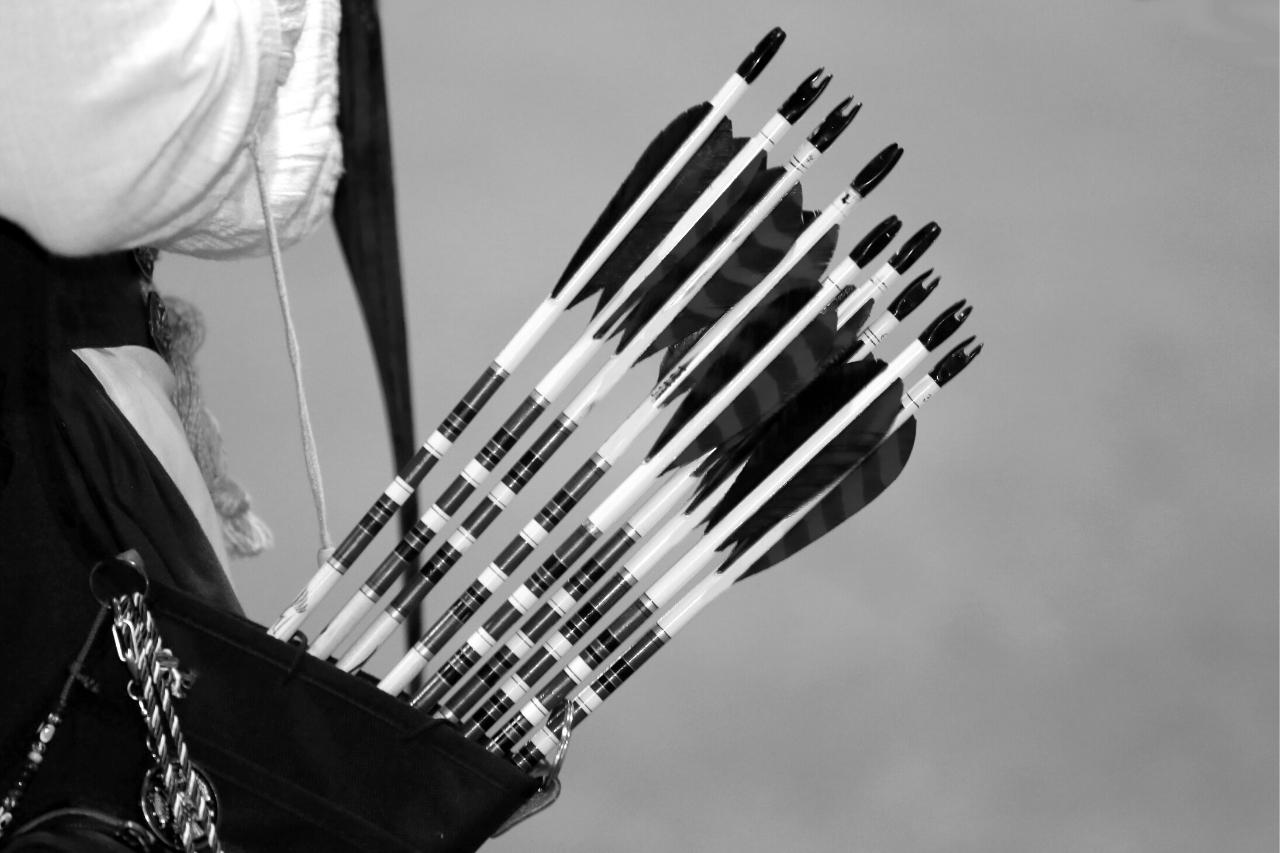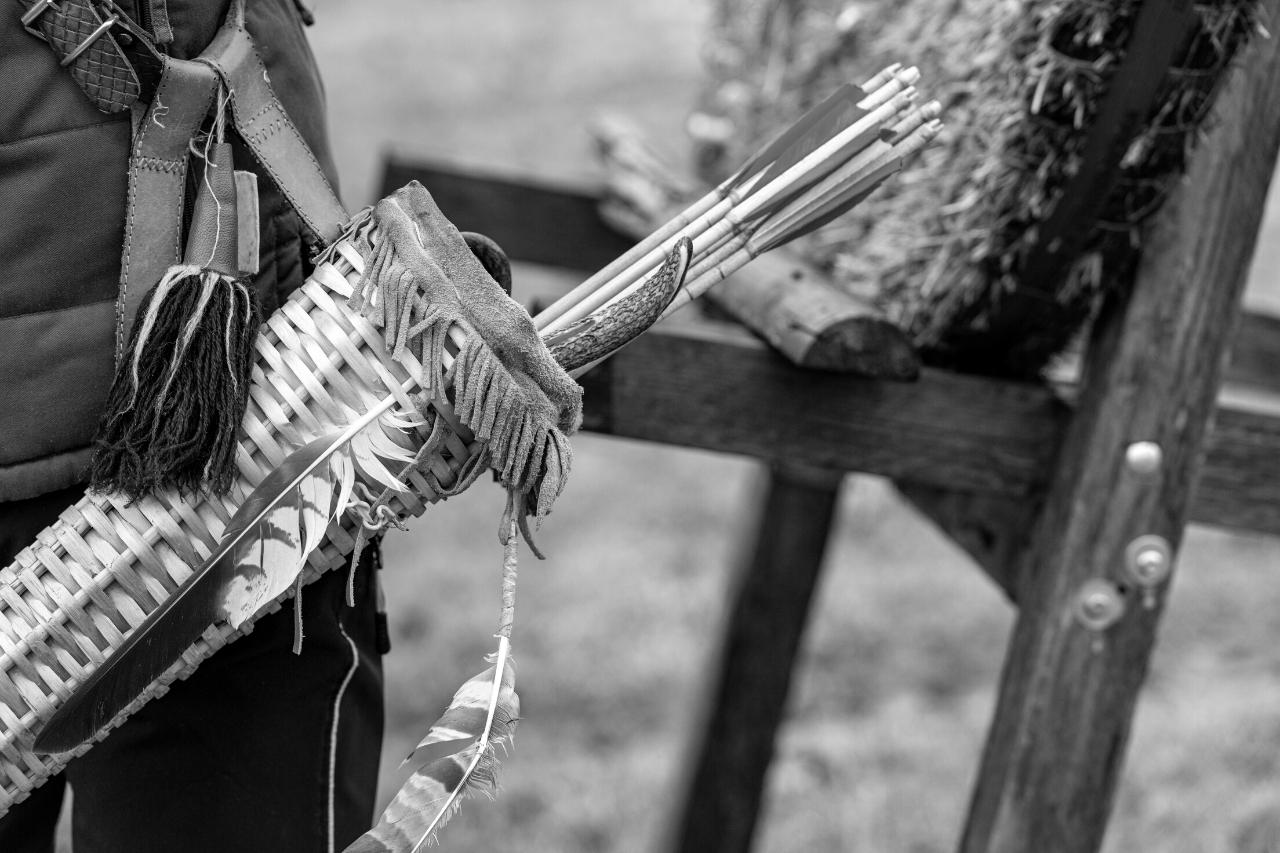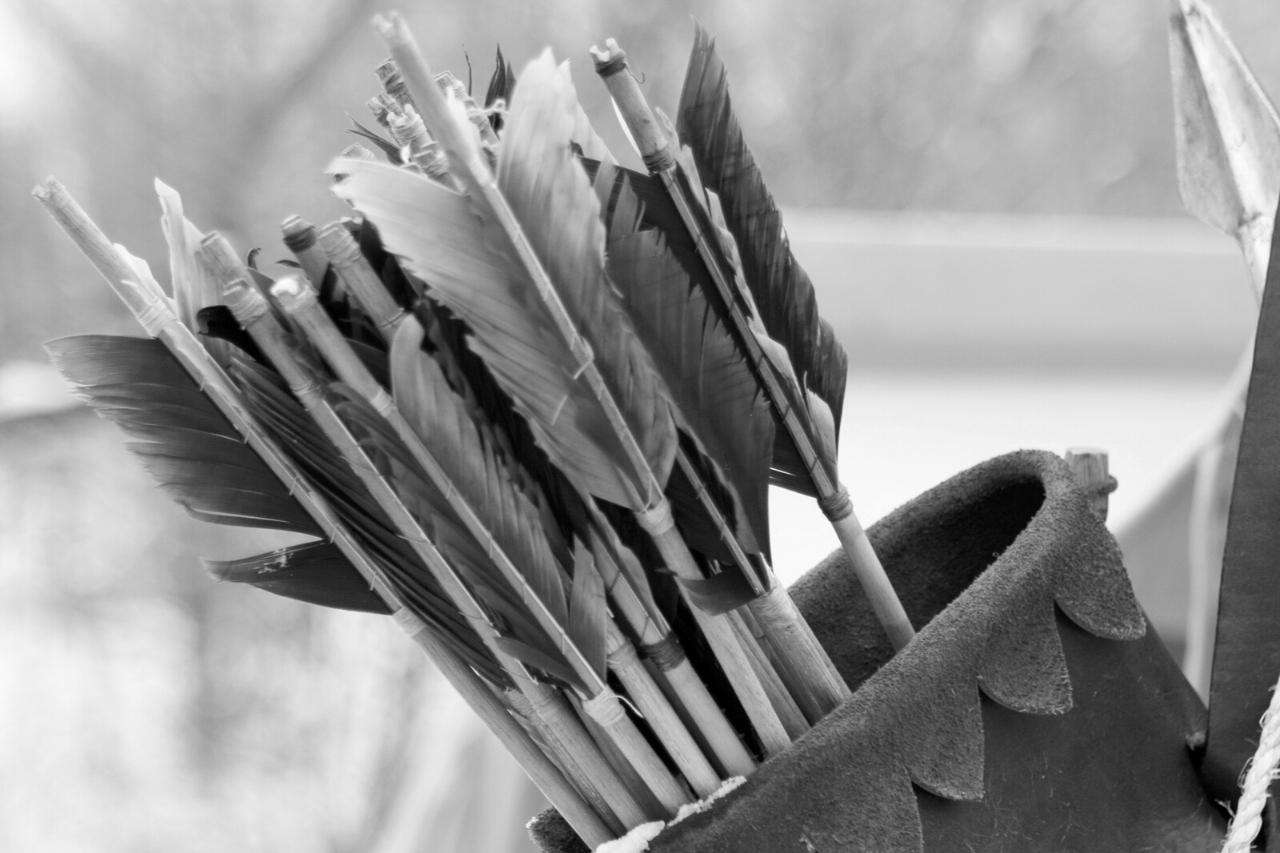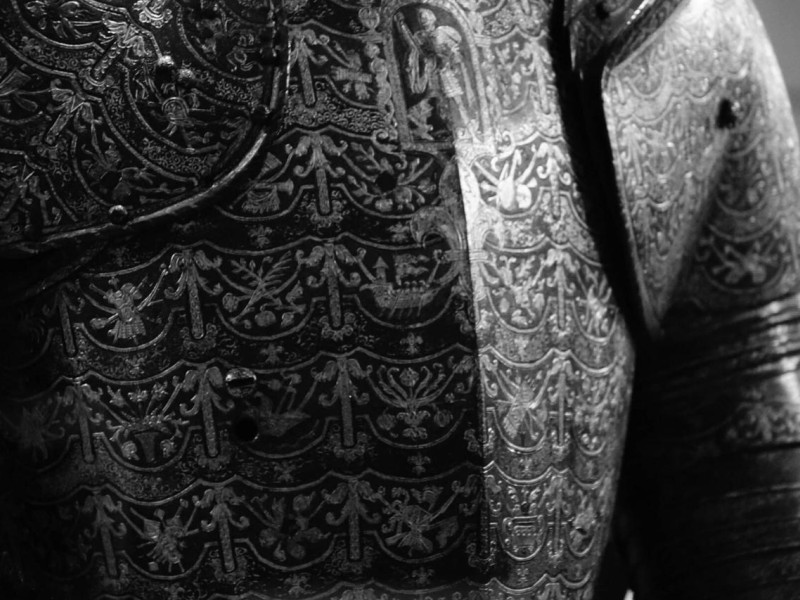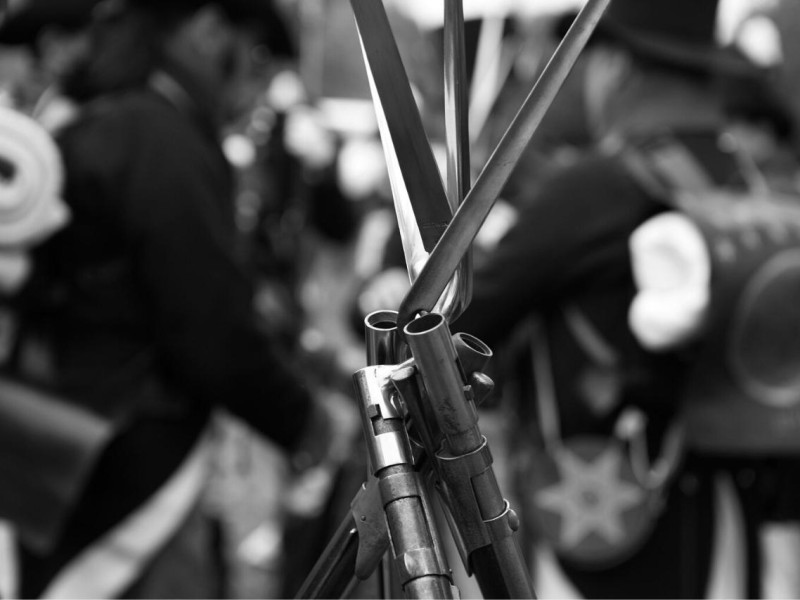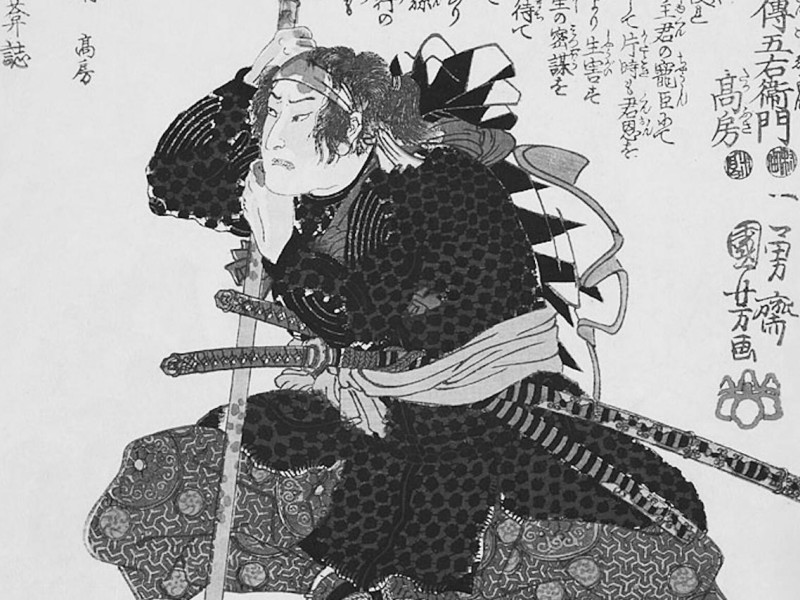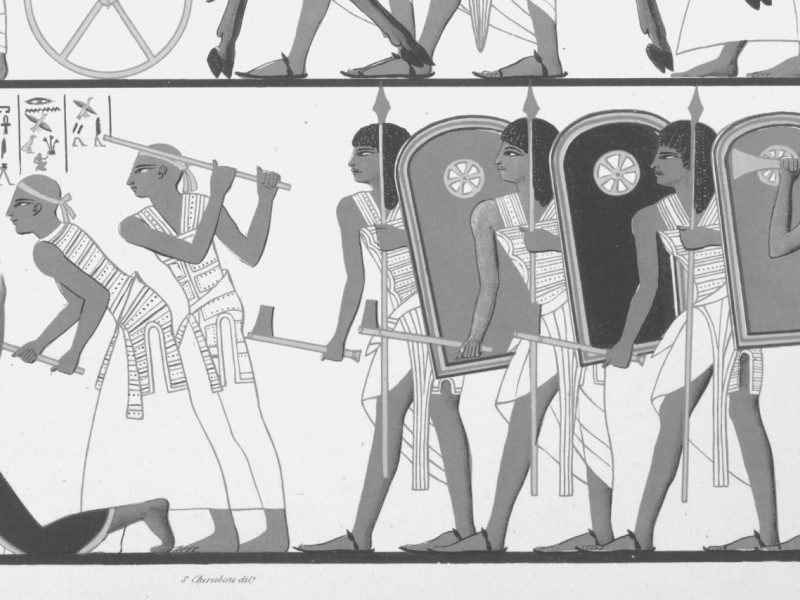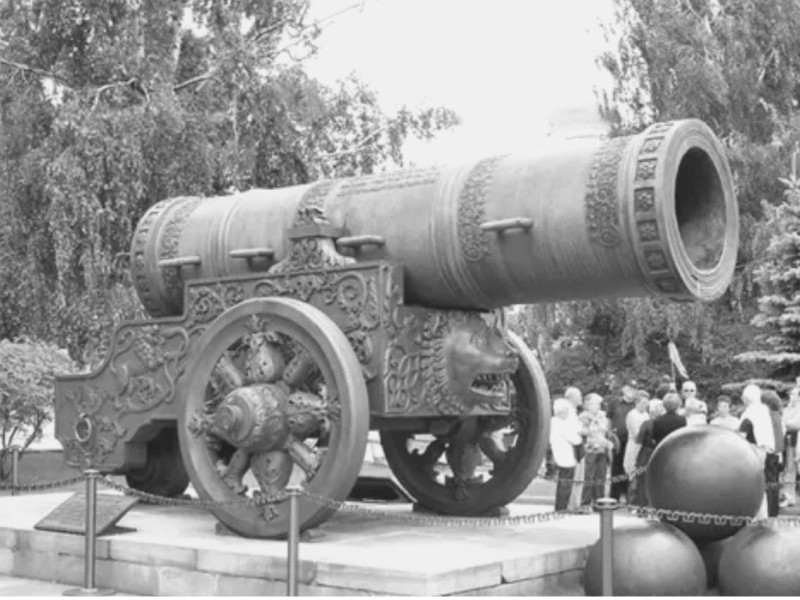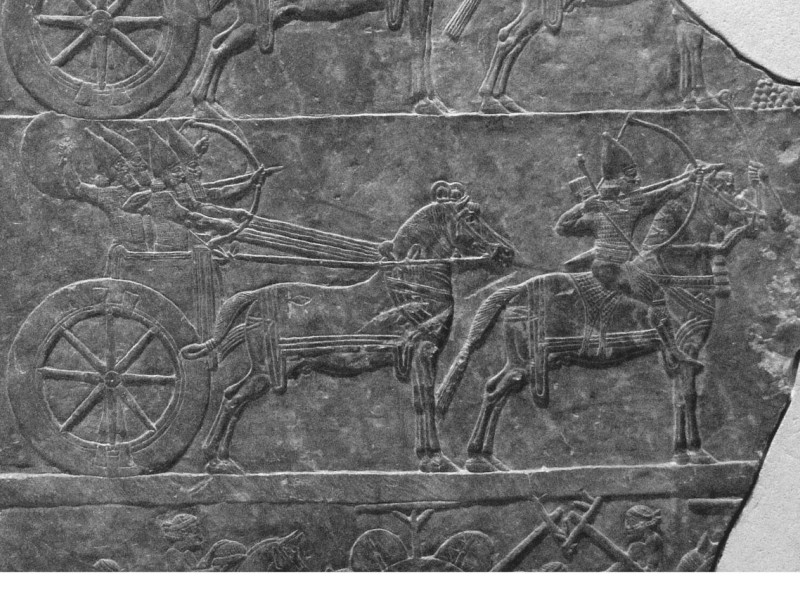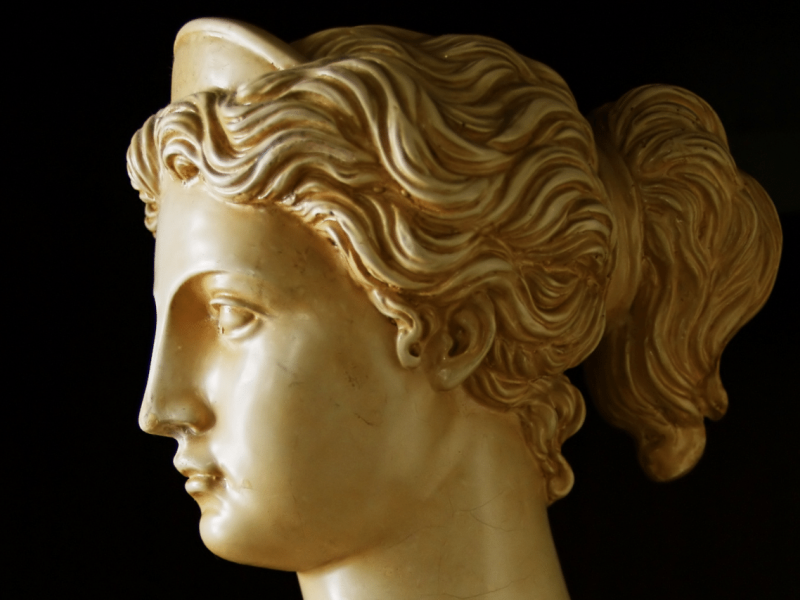How Many Arrows in a Quiver? Basics of Bows and Arrows
How many arrows are in a quiver?
On average, 10 arrows are carried in a typical quiver. However, archers bring their arrows and quivers with them with different purposes in mind. It could be for leisure or sport or maybe a job at hand, so the number of arrows in a quiver really depends on the archer’s purpose.
Read along to find out the answer to this lingering question: How many arrows must you carry in a quiver?
How Many Arrows in a Quiver Should You Put?
Whether you are a seasoned archer or a newbie starting out in the hobby of archery, the number of arrows you put in your quiver depends on the purpose and tasks you have ahead. The use of bows, arrows, and quivers has changed over time.
Thus, it is important to know how and when are you going to use these implements:
For Leisure
When you are not in a hurry and just want to spend some time practicing archery, you may need to carry a lot of arrows in your quiver, probably 12 to 24. As you will have to use many arrows to achieve the best shot, it will be tiring on your part if you keep on having to leave your spot to collect the spent arrows and then go back to your position again.
Yet, it doesn’t mean that if you only have two arrows available, you could no longer practice.
Likewise, when you do archery for hunting and other hobbies, the more arrows you have in a quiver, the better. However, more seasoned and modern hunters carry less than ten arrows in their quivers, typically having six arrows in a bow quiver.
Nevertheless, nothing could spoil the fun worse than having a bent or broken arrow and not having enough spares available.
For Sport
Being in a competition is more demanding than simply having archery as a hobby. As an archer, you must carry the required number of arrows in your quiver plus some spares. For further clarification, if the competition only has three rounds, then three arrows plus at least two spares would have to be placed into your quiver.
See to it that all your arrows are well-prepared to avoid point deductions or even disqualification from the competition.
For Work
Work that needs an archer’s skills is not quite as common today as it was in the olden times. However, should you find yourself in a job that requires skills in archery, then your quiver hold must be perfect; that is, you need to have with you the appropriate number of arrows needed to execute the tasks.
Back in olden times, during combat, the archers of an army had at least 60 arrows in a very large quiver. This number is enough for the human body to have rest and time to replenish the empty quivers. It is also believed that archers sometimes carry multiple quivers to cope with the need for arrows during a war.
Number of Quivers a Person Can Carry
On foot and without help from others, a person could carry at least two quivers. Each quiver holds 20 arrows; thus, at the most, a person can carry 40 arrows with him placed in two quivers.
Types of Quivers
There are hundreds of different types of quivers available for different purposes. This difference relies heavily on the capacity of the quiver to hold arrows and how you prefer to carry the quiver.
A quiver is about 20 to 22 inches long. However, remnants from the past have revealed a quiver that was 25 inches long.
Now, before you start your career in archery, it is better if you’ll get familiar with these quiver types.
Belt Quiver
The belt quiver was the most commonly used type, even in the olden times in places ranging from America to China. As the name implies, this container hangs from the belt of the archer. It can be carried both on the left or on the right side, at an angle that is either forward or backward, as long as the archer is comfortable when doing his activities.
Back Quiver
The back quiver is the most common type of quiver that is widely used in America and Africa, although it is not quite as common in Europe. As the name suggests, it slings from the back of a person. Typically, back quivers can carry at least 24 arrows depending on the size.
Bow Quiver
The bow quiver is a more modern and unique type of quiver. Most professional bow-hunters, as they are fondly called, use compound bows that are more complicated than the typical ones.
The bow, bow limbs, and quiver are all attached to the same equipment. As these items are attached, the quiver cannot carry more than six arrows. Thus, this type of quiver is perfect for hunting for a short span of time. It is quite favored by bow-hunter hobbyists because it is easy to carry and lightweight, which reduces the burden on the archer.
Side Quiver
The side quiver is designed to be worn on either the right side or the left side. Up to 12 arrows can be held in this container that sits comfortably around the hip. Quite easy and convenient to use, this type of quiver is popular among those practicing archery sports because all movements are near the body.
Field Quiver
The field quiver is a modified version of side and belt quivers, and it is worn on the waist. Conveniently, just wrap it around or clip it onto your belt loop. Field quivers usually hold around 12 arrows in one container. In this arrow caddy, arrows are arranged with their tips secured safely downward.
Hip Quiver
Another innovation to the side quiver, the hip quiver is favored by most newbies as it is easier to use, nearer the body, and doesn’t require a significant extension of the arms. To see to it that it sits right on your hip for convenience, hip quivers are worn on the same side of the hands that will draw out the arrows, that is, the left side for left-handed archers and the right side for right-handed archers.
When an arrow is put in, its pointed end is placed first while the fletching is pointing outward from the body. Another advantage of using a hip quiver is you could easily look at it and count the arrows you still have.
Ground Quiver
If you are rather stationary in your archery, a ground quiver is your best option. Many DIY instructions can be found online to make your personal ground quiver.
Ground quivers are like stakes that hold your arrows, with their tips pointed down toward the ground. There is a ring at the top that keeps the arrows in place. However, if joining a competition is on the top of your mind, then you better refrain from using a ground quiver as it is not qualified for use in most competitions. It holds a minimum of five arrows depending on the design of the quiver.
What Is the Best Quiver To Hold Arrows?
The belt, back, side, and field quivers are considered to be wearables; that is, they are meant to be worn by the archer to provide ease and convenience while doing the shooting. As these quiver types are wearables, they tend to weigh more as more arrows are placed in them. In turn, this may affect the performance of the archer.
From the many types of quivers, choosing the right one largely depends on the purpose and preference of the shooter.
Whether you are in a practicing pace or in time-bounded shooting competitions, choosing the appropriate quiver would eventually bring you satisfaction.
When Did the Use of Quiver Start?
The use of the quiver started at a later time compared to the use of bows and arrows. While the latter has been utilized by men even in prehistoric times in their animal hunting and food gathering activities, the use of the quiver was not yet necessary.
As time passed by, men learned to keep their arrows near their bodies; to secure them, they inserted the arrows around their belts. By the mid-13th century, passages from the bible revealed that arrows were tucked in the belt of the person carrying them.
By the 14th century, the use of arrow bags was documented. Twelve arrows are carried in an arrow bag. The design keeps on improving to cater to the needs of old folks in their lives. Eventually, these arrow bags had been enhanced into what we now know as quivers.
On the other hand, other sources revealed that a simple style of quiver was already in use as early as the Iron Age. Modern-day quivers were designed to be sleeker and more durable and are made of lighter materials like plastic.
In a compound bow, the quivers look slightly different, as they are already attached to the bow and arrows. These developments in designs add more to the comfort of archers whose main purpose today is for fun rather than for survival.
Frequently Asked Questions
What Are the Main Parts of an Arrow?
The front of the arrow that hits the target is called the point. The shaft refers to the stem. While the fletching refers to the three feathered or plastic vanes at the rear part; its main use is to assist in the flight. The nock, which is the little groove on the rear end of the arrow, fits over the string.
How Many Arrows Are in a Sheaf?
A sheaf contains 24 arrows. These 24 arrows are all tied with a hemp cord. Archers in a battle tie the sheaf to their waist when engaged in battle. When all 24 are spent, nearby wagons usually supply the arrows needed for the battle.
How Long Is an Arrow?
An arrow is 27 to 32 inches long.
How Many Arrows Can an Archer During Middle Ages Shoot?
An average archer will have 60 to 70 arrows provisioned in a battle. However, spending all of the 60 arrows at once would decrease the performance and efficiency of the archer, as it is a tiring and exhausting task. Even expert archers become less efficient when exhausted.
How Many Arrows Did Foot Archers and Horse Archers Carry?
Both foot archers and horse archers from all over the world carried a different number of arrows; a good average is 25 arrows in a quiver, yet archers are instructed to bring more than one quiver.
Is a Hip Quiver Better Than a Back Quiver?
This largely depends on the preference of the archer; the back quiver has become quite popular as the Hunger Games and Robinhood movies seemed to make it easy to pull out arrows from the back. Each has its own advantages and disadvantages. The usage of either a hip or back quiver depends on archers’ comfort and preference.
How Many Arrows Does an Average Medieval Bowman Carry?
Many agree that English bowmen would carry one sheaf of arrows on them all the time. At the onset of a battle, they are given another one or two extra sheaves. If all 72 arrows are spent, then the supplies are replenished. Also, they bring with them one main bow and an extra.
How Are the Bows Carried by Archers?
Soft and hard cases are used to carry bows. Whether the bow is strung or unstrung, archers secure them in cases to protect them from damage both while handling and from the weather. While strung bows were kept in a stiff and hard case, unstrung bows were carried in soft and flexible cases.
Can a Quiver Be Used as Bow and Arrow Storage?
Yes. Aside from being a container during your shooting activities, your quiver can also be used to store your bows and arrows.
What Are the Types of Arrow Tip/Point?
The types of arrow points include the bullet (hunting and target archery), blunt (hunting to kill small game), grabbing (hunting or practicing hunting), field (target archery, hunting), fishing (catching fish), and broadhead (hunting, to inflict large wounds to the target).
What Materials Arrows Are Made Of?
Wood, usually cedar, is used; these are authentic, original, and inexpensive. You can just make the arrows on your own, which is favored most by traditional archers and bowhunters.
Aluminum arrows are a great choice for archers practicing for the accuracy needed in archery competitions. Arrows made from aluminum feature straightness and durability yet are not that expensive.
Fiberglass arrows are a great start for archery sports. These arrows are inexpensive and available in any size. Most youth camps and archery organizations choose this type of arrow.
Carbon arrows are ideal for experts. They are mostly used by a number of bow hunters and compound-bow archers. They are a mid-priced option for competition arrows. The shafts of carbon arrows are uniform and straight, and these arrows have spine and diameter choices.
Composite arrows are of the highest quality. These are used by archers in some international competitions like the World Olympics and World Championships. These arrows are a composite of aluminum and carbon materials, producing the straightest and most uniformly spined arrows. Composite arrows are made for long-distance accuracy. They offer a lot of options to choose from for their spine, diameter, and specific sizes.
What Is 3D Archery?
3D archery is the type of archery where the targets are made of three-dimensional pictures of animals like deer, rabbits, bears, elks, and so on. It is usually arranged in either an indoor or outdoor target range. The setup mimics outdoor hunting landscapes like hillsides, mountaintops, and forests. The 3D targets are usually made from foam materials.
What Is a Bolt?
A bolt is a smaller-sized arrow. It is said that when an arrow is below sixteen inches in length, it’s a bolt and not an arrow. Bolts have no stabilizing vanes on their rear, are fatter and heavier than arrows, and are used with crossbows.
Who Were the Best Archers in History?
Among the groups of armies, the Scythian, the Parthian, and the Mongols were acclaimed to be the best archers in history. The Mongols are known for their prowess in horseback archery.
Why Are the Arrow Holders Called Quivers?
According to popular belief, the word “quiver” is attributed to the vibrating movement made whenever an arrow is being pulled from its container.
However, there are sources that say the word “quiver” was derived from coivre, quivre or cuevre (Old French), or köcher (Germanic), which also came from kukur of Turko-Mongolian origin, which became cucura (Latin) later on.
Conclusion
The purpose of using bows and arrows has indeed changed over time. What started as a tool for survival became a necessary weapon for protection. Today, arrows may not be considered a piece of essential equipment as before, as they are mostly used for amusement and leisure nowadays.
Thus, how many arrows a quiver must have depends on where you’ll use it:
An average quiver holds at least 10 arrows.
An archer during a war may carry more than 60 arrows in a very large quiver.
The type of quiver used depends on the preference and usage of the archer.
Modern compound bows are favored as all the necessary parts, including the bow, arrow, and quiver, are contained in one piece of equipment.
Sleeker and lighter quivers have emerged today.
So, whether you’re a novice or an expert, choosing your quiver will become a necessary skill you need to develop. This is because having the right quiver will not only ensure the proper execution of skills but also increase your confidence and satisfaction with the game.
